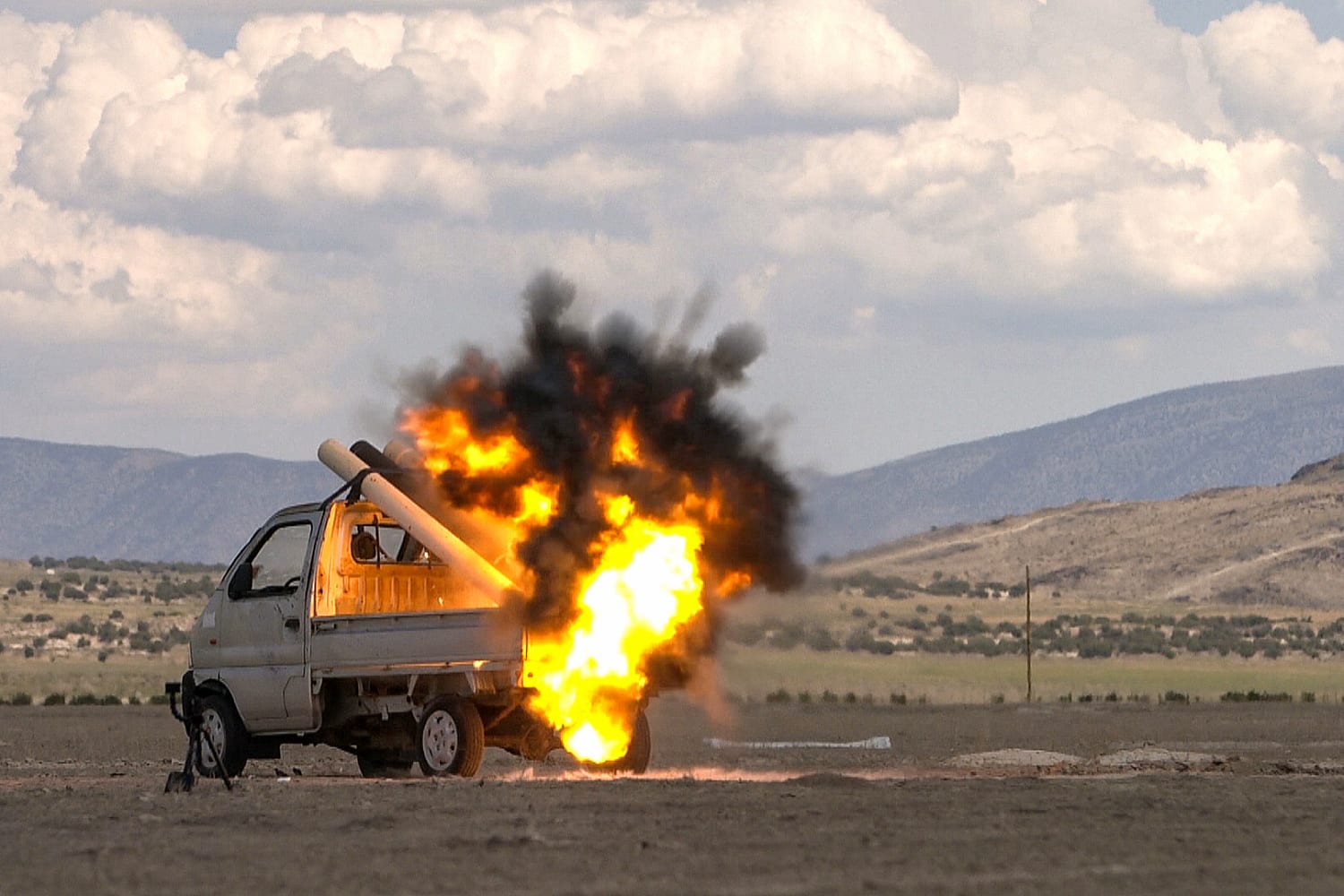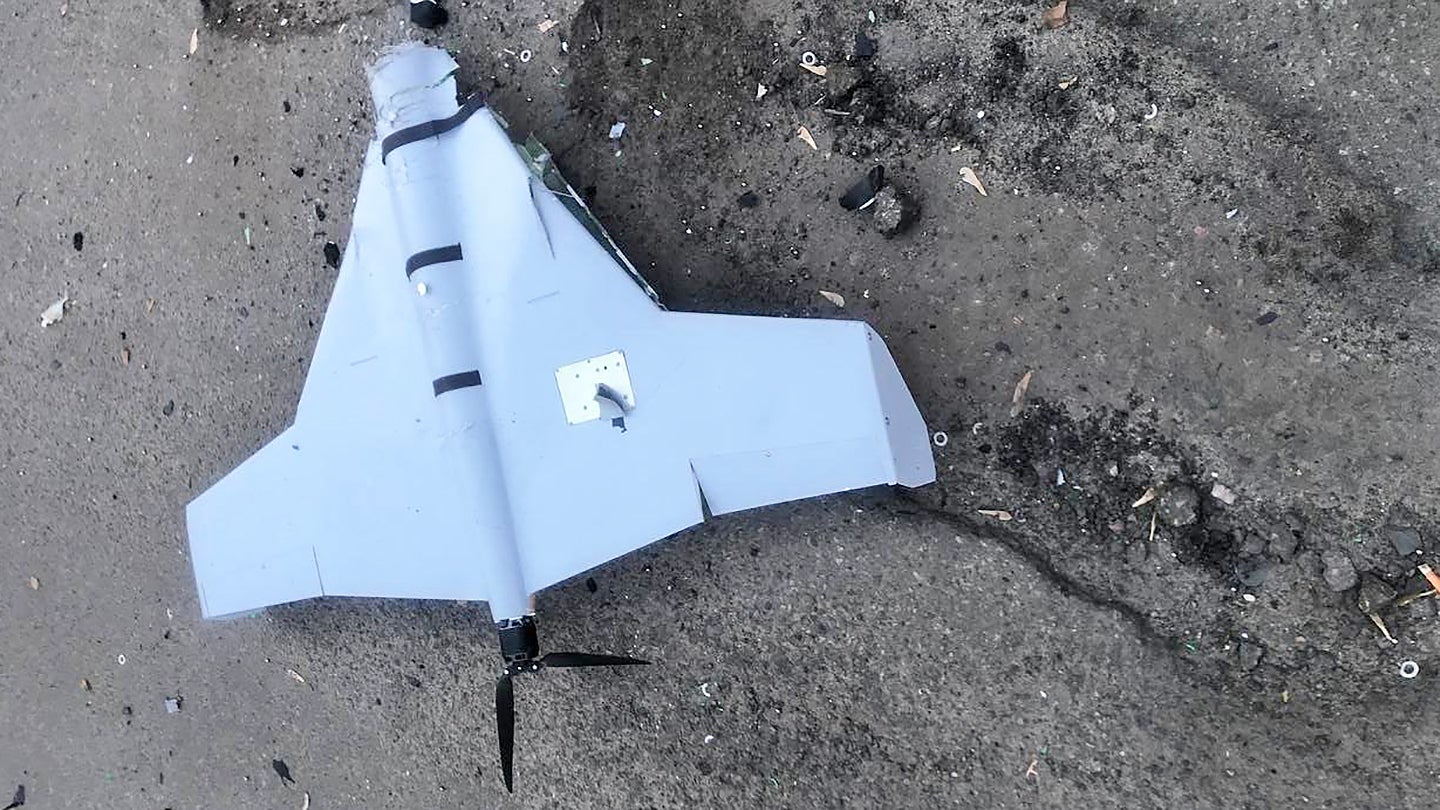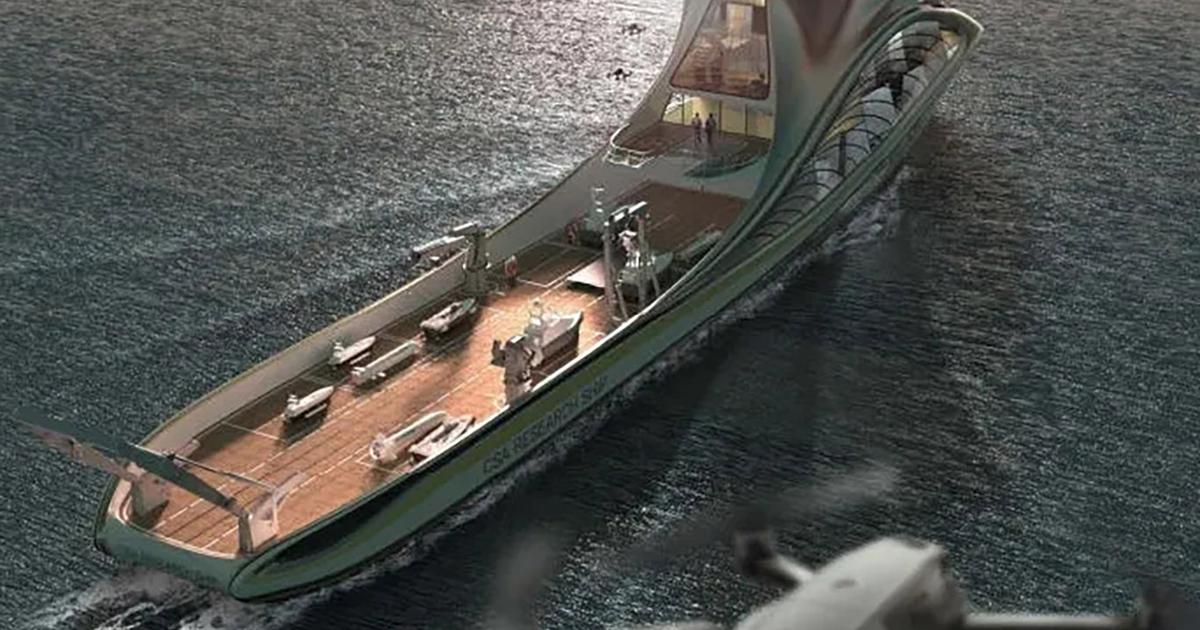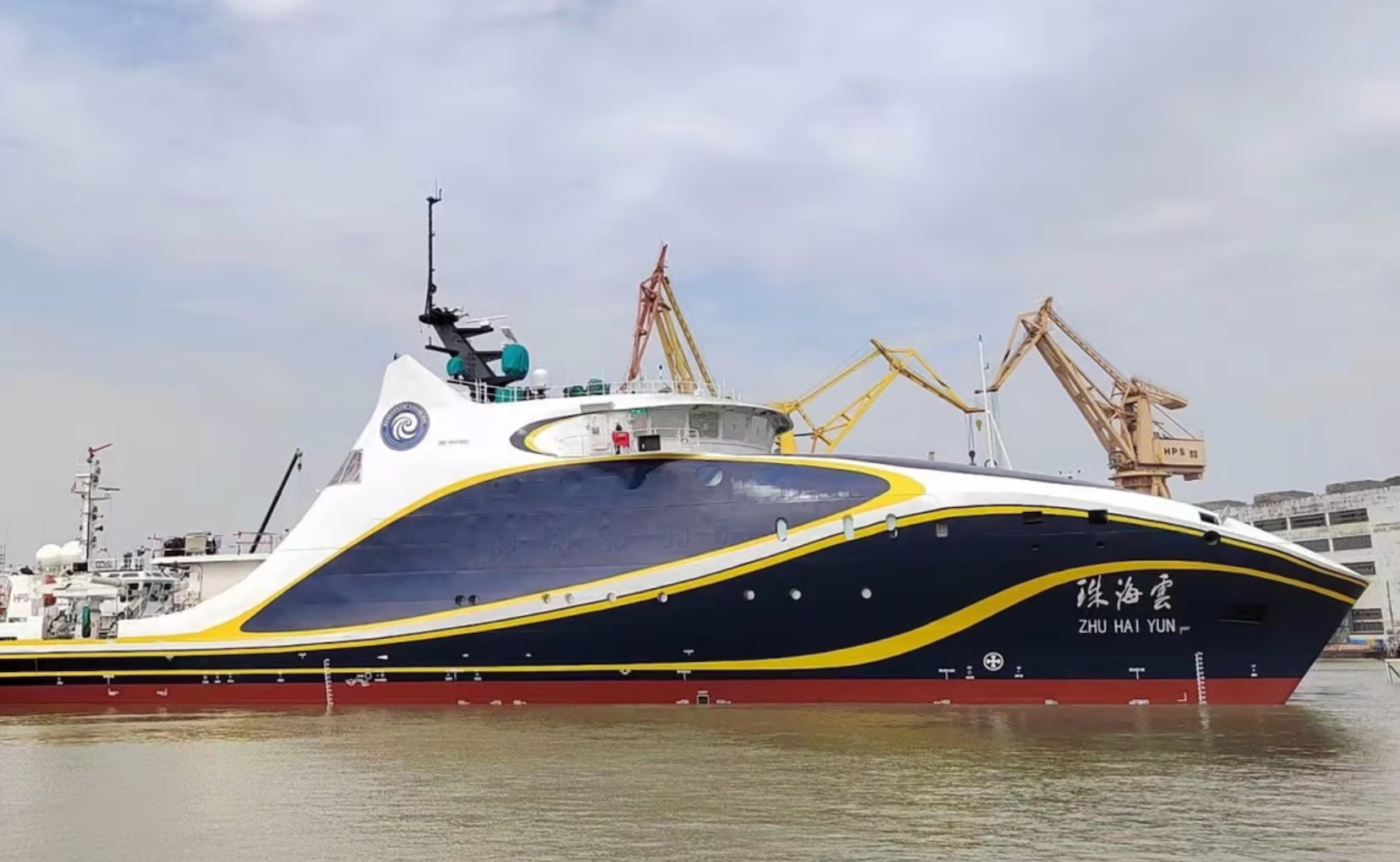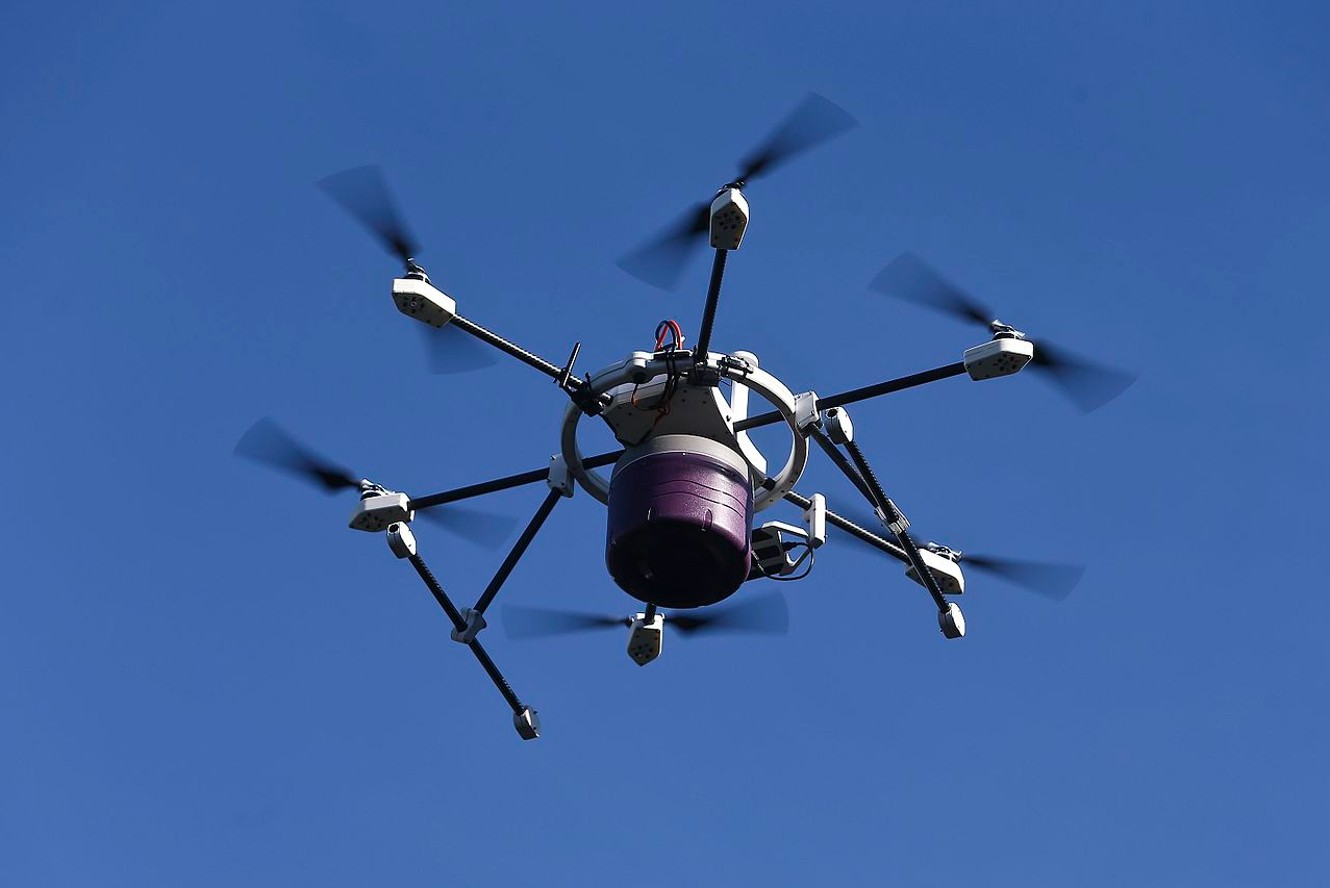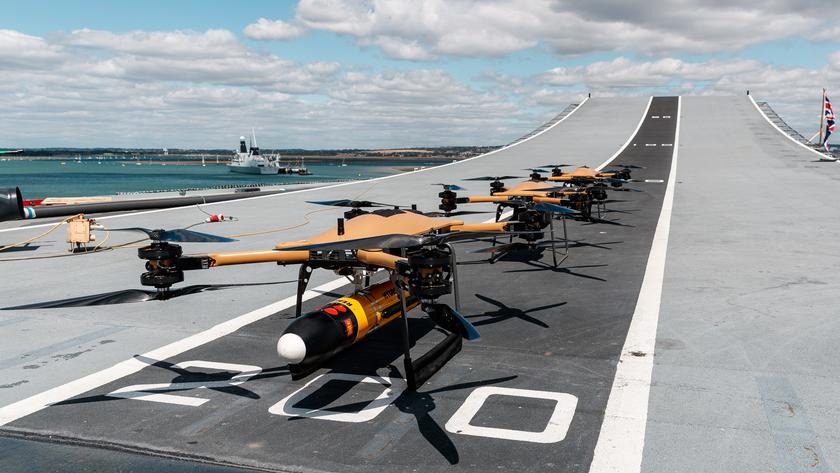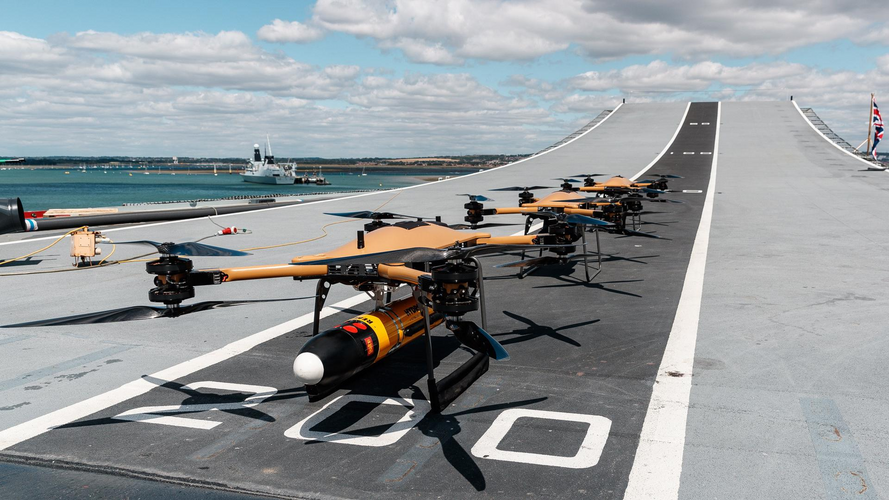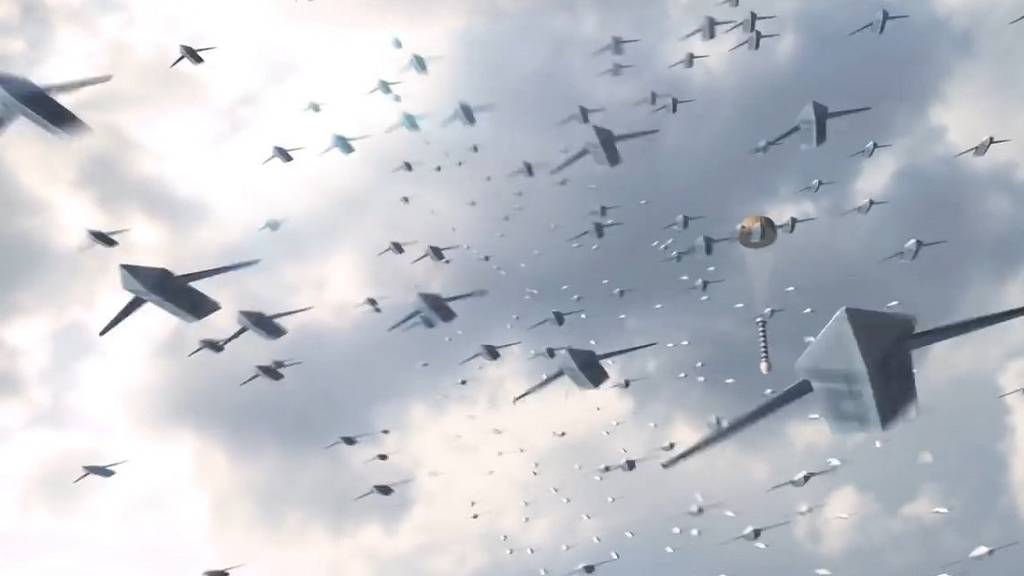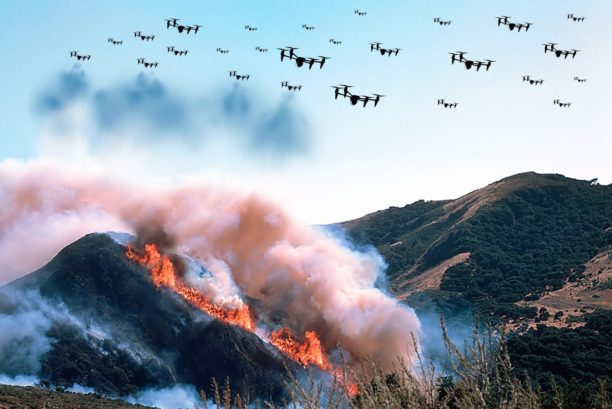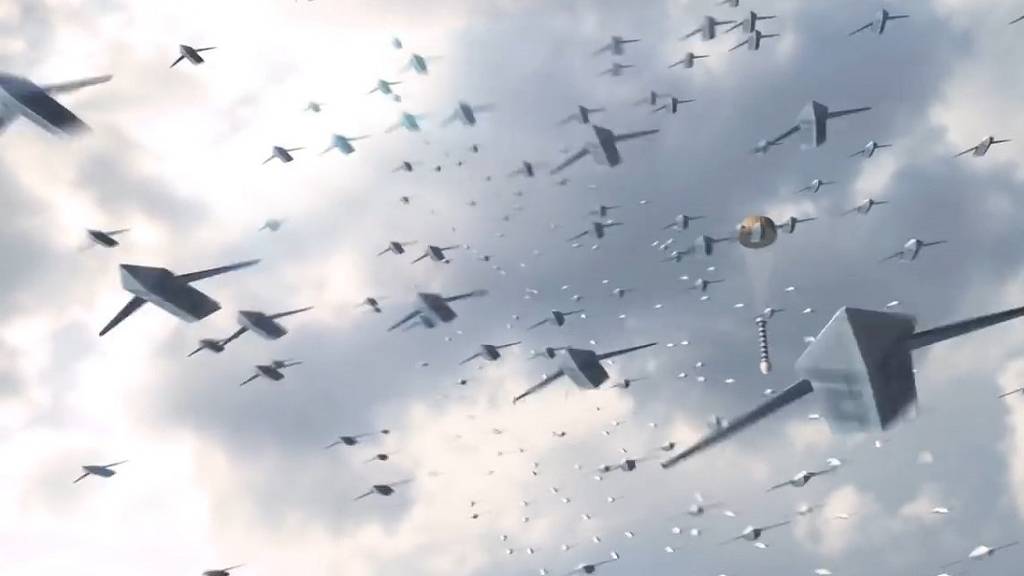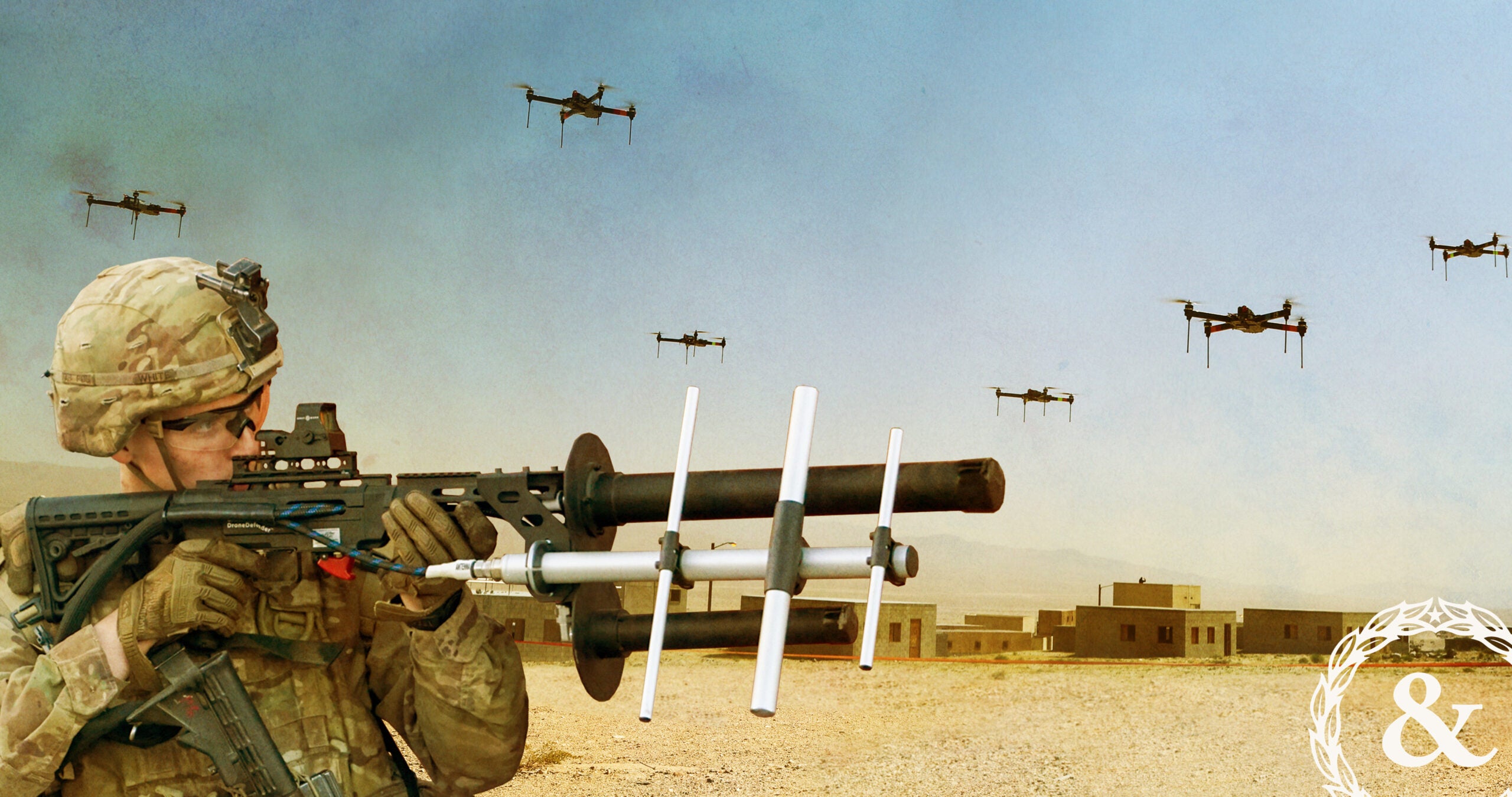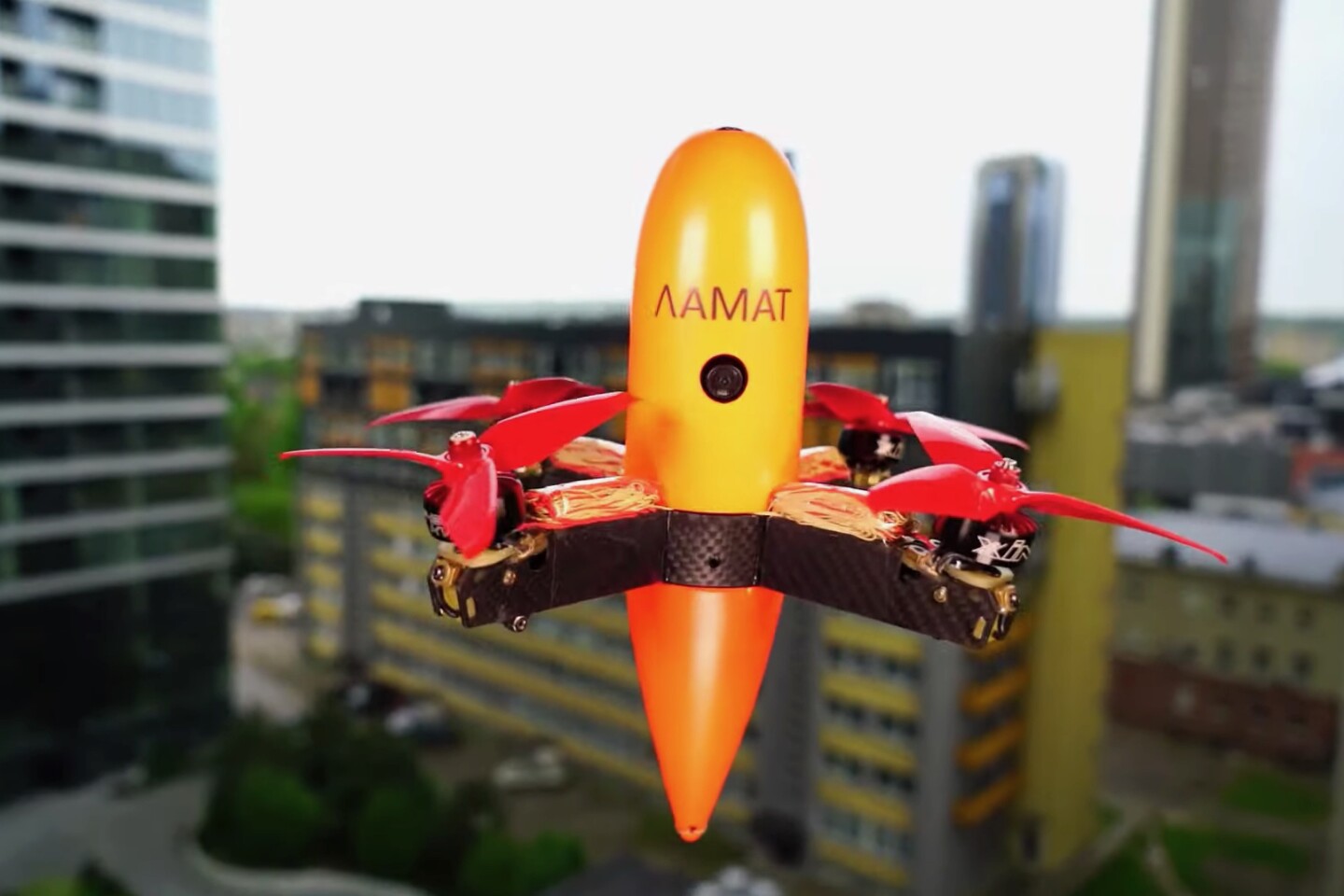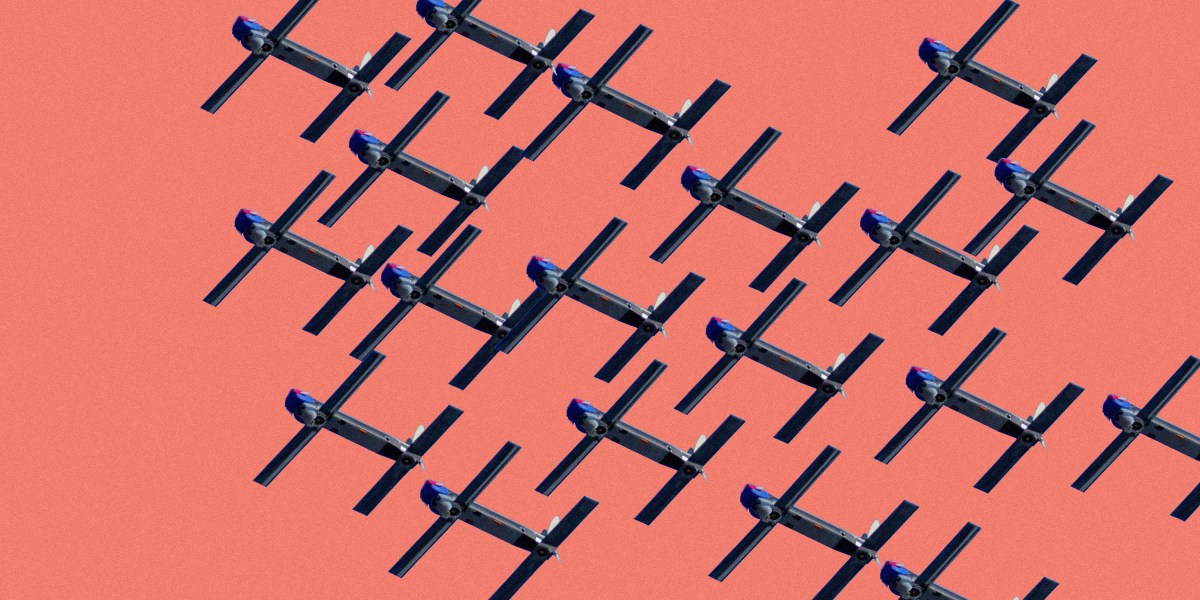Thought it best to repost this here from another thread.
Disclaimer: the following is pure lucubration.
In theory, by using a couple Boeing Enclosed Weapons Pods (or similar), one Raptor could be armed with 14 AMRAAM (six internally plus four per pod). Now replace each AIM-120 by two CUDA type missiles in tandem, and you have your 28 missiles (and the side bays still available for lunch packets). Could be useful against drone swarms.
Not when each member of the swarm is only 1/10th to 1/100th the cost of a CUDA.
You need guided bullets for drones, or ground based AAA. Planes trying to use unguided cannons on drones is hazardous, especially on ones packed with explosive.
Another way might be to use other drones to do it.
High End
MARSS has designed an AI enabled autonomous Interceptor that offers an intelligent, cost-effective and low collateral solution to neutralise hostile drones.

www.marss.com
Low End.
The prototype of a high-speed racing drone can self-destruct, using its own propellors to spread out a net to take down other drones.

techcrunch.com
I have also heard that Eagles/Falcon dislike drones, they usually only kill when one is near their nest though, but it may be possible to train them.
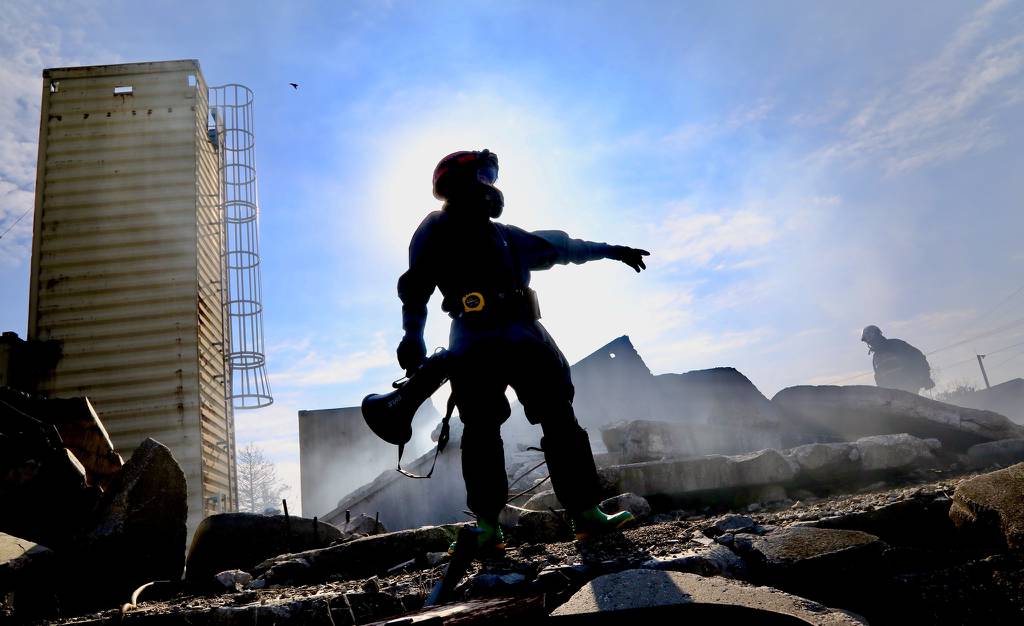
www.c4isrnet.com

